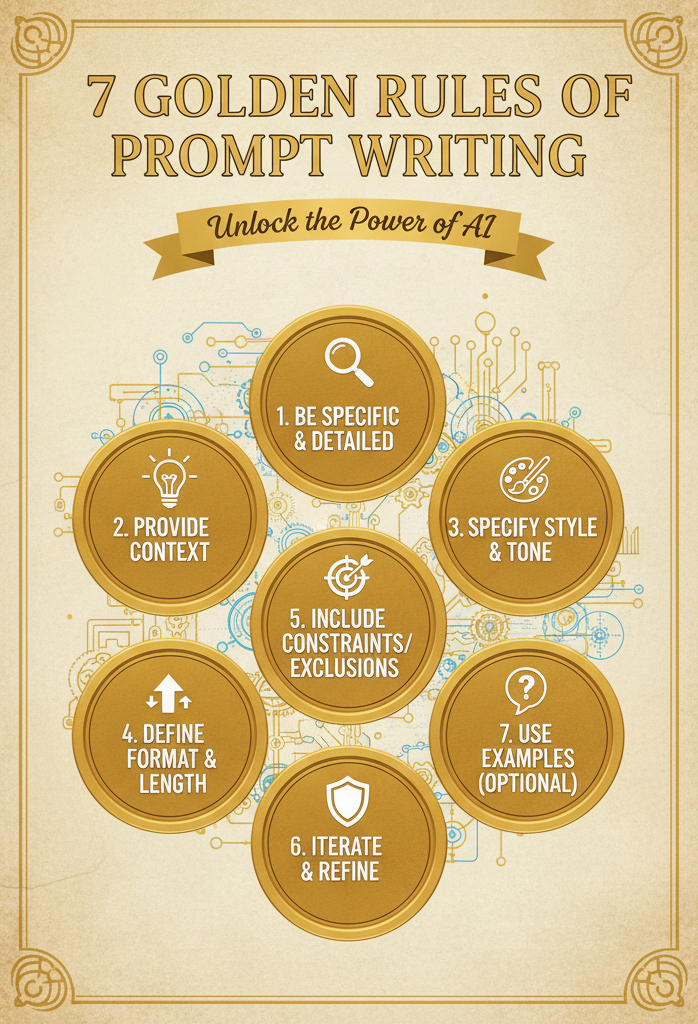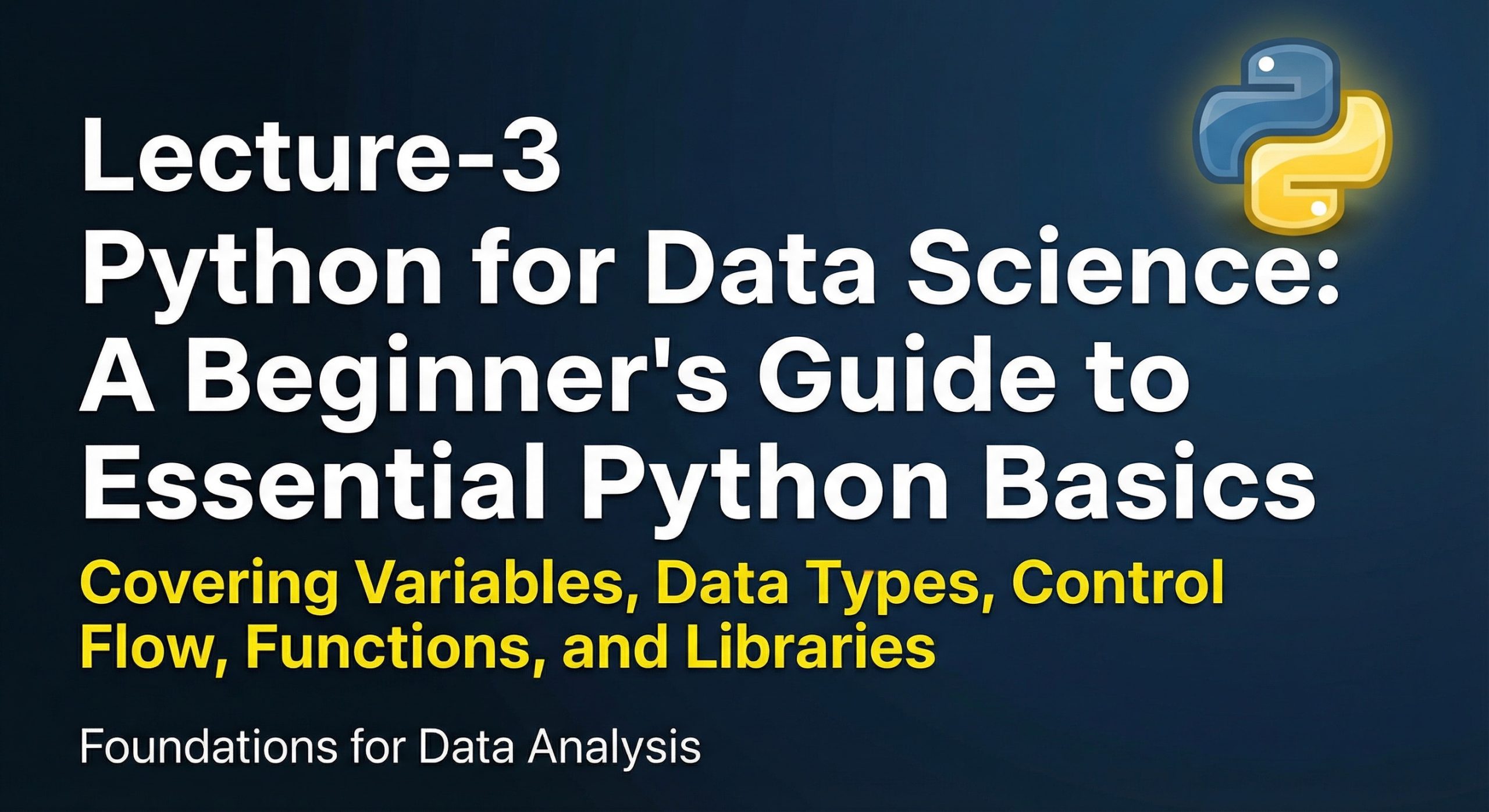Python has become the most popular programming language for Data Science due to its simplicity, readability, and powerful ecosystem of data-focused libraries. Before diving into data analysis, machine learning, and visualization, every aspiring data scientist must first understand the fundamentals of Python. This article—Lecture 3 of our Data Science Series—covers the essential Python basics needed to begin your journey.
Why Python Is Essential for Data Science
Python is widely used in Data Science because:
- It’s beginner-friendly
- It offers a huge collection of data and ML libraries
- It supports rapid development
- It integrates easily with big data tools
- It enables strong community support
For tasks like data cleaning, EDA, modeling, and deployment, Python provides unmatched flexibility and simplicity.
Getting Started: Setting Up Python for Data Science
Before writing your first line of code, you need a proper development environment. The two most popular options are:
1. Anaconda Distribution
An all-in-one package that includes Python, Jupyter Notebook, Spyder, and data science libraries.
2. Jupyter Notebook
A browser-based environment ideal for writing code, visualizing data, and running step-by-step experiments.
Recommended Tools:
- Python 3.8+
- Jupyter Notebook / Google Colab
- Visual Studio Code (optional)
Fundamental Concepts Every Beginner Must Learn
To perform data analysis efficiently, you must understand the core building blocks of Python.
1. Variables in Python
Variables store information that your program can use later.
name = "Ali"
age = 20
score = 95.5
Python automatically detects the variable type based on the value assigned.
2. Data Types
Python has several basic data types:
- int → integers
- float → decimal numbers
- str → text
- bool → True/False
- list → ordered collection
- tuple → immutable ordered collection
- dict → key-value pairs
Example:
student = {
"name": "Sara",
"age": 22,
"marks": [88, 90, 75]
}
3. Operators
Python uses operators for mathematical and logical operations:
Arithmetic Operators
+, −, *, /, %, //, **
Comparison Operators
==, !=, >, <, >=, <=
Logical Operators
and, or, not
4. Conditional Statements
Conditionals help execute code based on certain conditions.
age = 18
if age >= 18:
print("You are eligible.")
else:
print("Not eligible.")
5. Loops
Loops allow you to repeat tasks efficiently.
For Loop
for i in range(5):
print(i)
While Loop
count = 0
while count < 5:
print(count)
count += 1
6. Functions
Functions help you organize reusable blocks of code.
def greet(name):
print("Hello,", name)
greet("Hamza")
Functions improve readability and make your programs modular.
Hands-On Example: A Simple Python Program
numbers = [10, 20, 30, 40, 50] total = 0 for num in numbers: total += num print(“Total =”, total)This basic program calculates the sum of a list of numbers—an essential step in data analysis.
What’s Next?
Once you understand these fundamentals, you’re ready to explore data-focused Python libraries such as:
- NumPy
- Pandas
- Matplotlib
- Seaborn
These tools form the backbone of modern data analysis and prepare you for exploratory analysis and machine learning.
Mini Quiz
- What is a variable in Python?
- Name three basic data types.
- What does a function do?
- Write a simple
ifstatement that checks if a number is positive.
Conclusion
Python is the gateway to Data Science, and mastering its basics is the first crucial step toward building data-driven solutions. With its clean syntax, powerful libraries, and versatility, Python empowers beginners and professionals alike to work efficiently with data. In the next lecture, we will dive deeper into the most important Python libraries used in Data Science.









